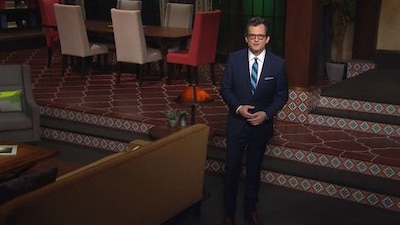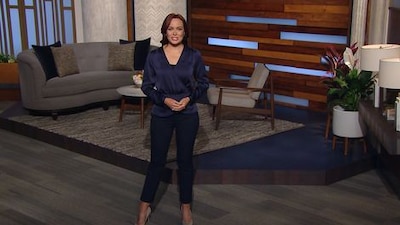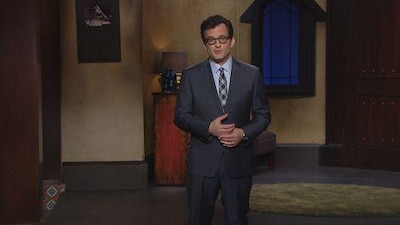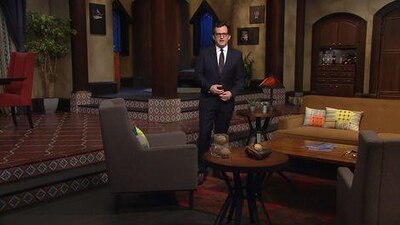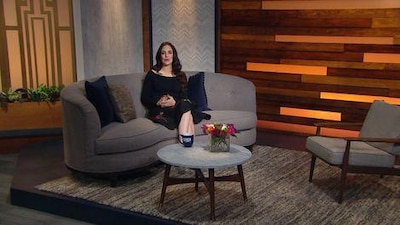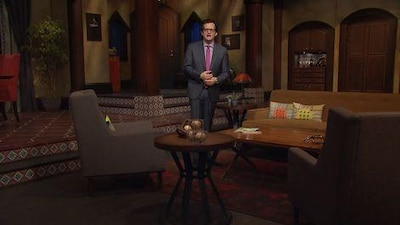The five Oscars® it won, including Best Picture of 1971, are not what give
The French Connection its iconic status. The film stands the test of time based on two counts: its relentlessly driven main character -- cop Popeye Doyle (played by Gene Hackman and based on a real life NYPD detective) and its breathtakingly innovative car chase through the streets of Brooklyn. In the film, Doyle and partner Buddy Russo (Roy Scheider) are New York narcotics detectives on the trail of
The French Connection -- the source of European heroin brought into the U.S. The plot is based on a real drug case. It's the story of Eddie Egan and partner Sonny Grosso who broke up a drug operation, confiscating 112 pounds of heroin worth $32 million.
Egan and Grosso's story was first told in the book
The French Connection by Robin Moore. Unlike the film, where the crime comes together rather quickly, in real life it took four months of detective work to crack the case. And it wasn't all shootouts and car chases as in the film. As Egan put it, jokingly, "I've only drawn my gun three times in my whole career." Both Egan and Grosso appear in the movie - Egan as Walter Simonson (the character representing his own boss) and Grosso as Detective Klein. They also served as technical advisors. Written dialogue was often ignored during shooting in favor of phrases from police advisors (which was ironic since the screenplay would go on to win an Oscar®). Scheider and Hackman also patrolled with Egan for a month to get a feel for the characters. But while audiences would enjoy Popeye Doyle's roguish, obsessive style, the NYPD was less than thrilled with the depiction. Egan was dismissed from the force just shy of retirement. Apparently book author Moore had it right when he said, "the police department like the military or any other institution prefers to make its own heroes for its own purposes."
Regardless of the official NYPD line on
The French Connection, the movie would not have been possible without police participation - especially the car chase sequence. The scene was shot out of sequence over five weeks, with police clearing traffic for a five-block radius. Permission was even given to control the traffic signals on the chase streets. To shoot the action, two Pontiacs were used. One car with cameras mounted on the back seat and front fender. And another, with the back seat removed for the cameraman to shoot past the driver. According to the film's director, William Friedkin, Hackman himself did the driving in over half the footage used. Speeds were up to 70 - 90 mph on the narrow streets under the Stillwell Avenue subway line. The crash that occurs happened near the start of shooting and was unplanned.
There were also a few other incidents during the film's production that didn't quite go according to plan. For instance, the train conductor who was cast failed to show on the day of shooting. Instead, an actual subway conductor was used (The motorman is also a real motorman as the Transit Authority refused to permit an actor to operate the train. In addition, the cop who is shot is actually a Transit Police Officer - and Actor's Guild member). Another casting snafu happened early in production. Director Friedkin had seen a film by Spanish filmmaker Luis Bunuel and been impressed by one of the actors. He called the casting director to hire the actor for the role of French drug kingpin Alain Charnier. When the actor arrived in New York, Friedkin realized it was the wrong guy. Friedkin had envisioned Francisco Rabal from Bunuel's
Belle de Jour (1967). Instead, he was sent Fernando Rey, who had appeared with Rabal in the Bunuel film
Viridiana (1961). And to top it off, Rey spoke no English. Friedkin considered making the change to Rabal. But the actor was unavailable -- and as it turned out, Rabal spoke no English either so Rey kept the part.
Rey would go on to play Charnier again in the 1975 sequel
The French Connection II, directed by John Frankenheimer. This story picked up right after the original left off - Doyle heads to France on the trail of Charnier. In real life, it wasn't quite the same ending. The real drug lord, Jean Jehan, did escape to France and was caught, but the French government refused extradition. There was a different real life outcome for Egan and Grosso also. The film's closing sequence says the partners were reassigned after the case. In actuality, it was two years and several cases later before they were reassigned.
Meanwhile, in New York, pieces of
The French Connection have become a lasting part of the city. The subway car from the Grand Central scene is in the Brooklyn Transit Museum. And reportedly, the subway car from the chase scene has been renovated and is operating on the M and Z line.
Producer: Philip D'Antoni, G. David Schine, Kenneth Utt
Director: William Friedkin
Screenplay: Ernest Tidyman based on the novel by Robin Moore
Cinematography: Owen Roizman
Editing: Gerald B. Greenberg
Music: Don Ellis
Art Direction: Ben Kazaskow
Cast: Gene Hackman (Det. Jimmy 'Popeye' Doyle), Fernando Rey (Alain Charnier), Roy Scheider (Det. Buddy 'Cloudy' Russo), Tony Lo Biano (Salvatore 'Sal' Boca), Marcel Bozzuffi (Pierre Nicoli), Eddie Egan (Walt Simonson), Frederic de Pasquale (Henri Devereaux).
C-104m. Letterboxed. Closed captioning.
by Stephanie Thames















